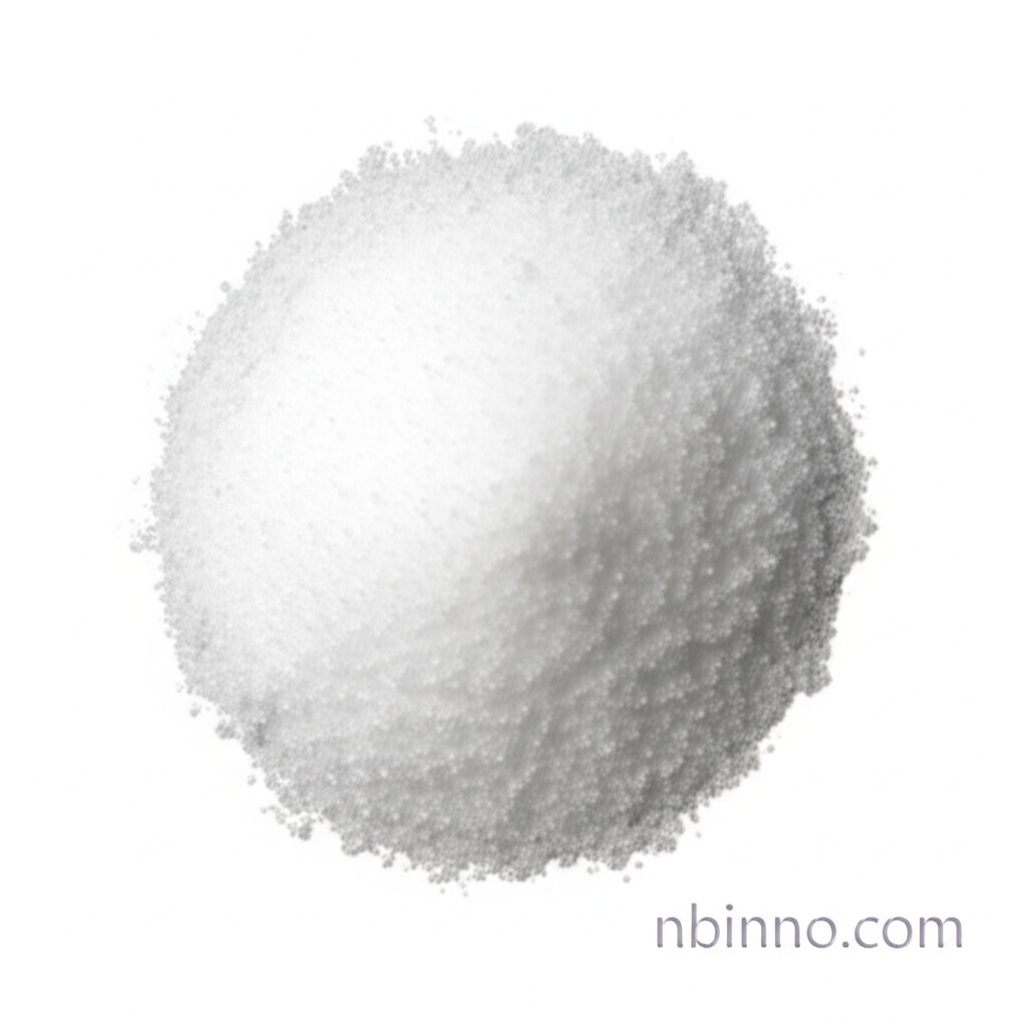1,4-Dicyanobenzene: Synthesis, Properties, and Applications in Advanced Materials
Discover the versatility of this key organic intermediate for your next breakthrough.
Get a Quote & SampleProduct Core Value

1,4-Dicyanobenzene
1,4-Dicyanobenzene, also known as terephthalonitrile, is a vital compound with the formula C8H4N2. It is recognized for its utility as a critical intermediate in the synthesis of various advanced materials, particularly within the fields of organic chemistry and the development of electronic components like OLEDs. Its unique structure and reactivity make it an indispensable building block for creating complex molecules.
- Explore the 1,4-dicyanobenzene synthesis pathways to understand its production efficiency. This compound serves as a fundamental component in many advanced material formulations.
- Discover the unique terephthalonitrile properties that make it valuable for specific applications. Its molecular structure contributes to its electrochemical activity.
- Learn why CAS 623-26-7 is a sought-after chemical intermediate for innovation. Its versatility spans across multiple industrial sectors, driving technological advancements.
- Investigate 1,4-dicyanobenzene's role as a precursor for cutting-edge OLED materials. This compound is instrumental in developing next-generation display technologies.
Key Advantages
Versatile Synthesis Applications
Leverage the power of 1,4-dicyanobenzene for diverse organic synthesis projects. Its nature as a nitrile building block allows for numerous derivatizations.
Advanced Material Development
Utilize this compound's properties to create next-generation materials, especially in the realm of electronics and optoelectronics.
Reliable Chemical Intermediate
Benefit from the established supply chain and consistent quality of CAS 623-26-7 as a reliable chemical intermediate for your manufacturing needs.
Key Applications
Organic Chemistry
As a key component in organic synthesis, 1,4-dicyanobenzene facilitates the creation of complex molecular structures, essential for various chemical processes.
OLED Materials
This compound acts as a crucial precursor for developing advanced OLED materials, contributing to brighter and more efficient electronic displays.
Research and Development
Its unique electrochemical activity makes it valuable for R&D, enabling studies on redox processes and new catalytic systems.
Fine Chemical Production
The compound serves as a foundational element in the production of fine chemicals, supporting a wide array of industrial applications.
